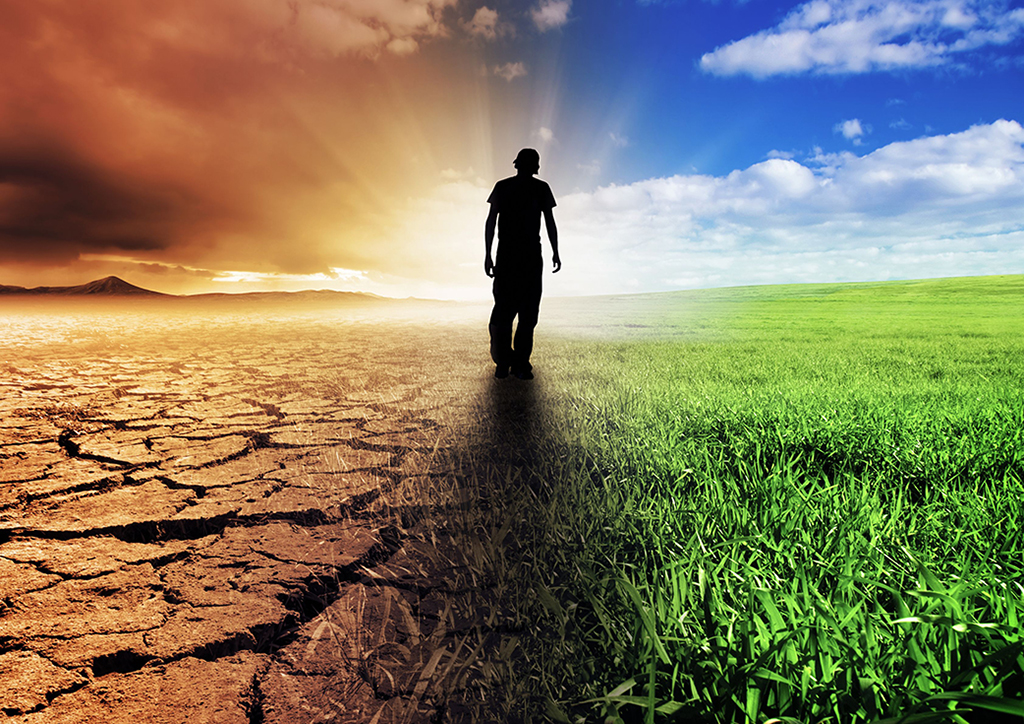Warning: Undefined array key "hover_icon_tablet" in /opt/wpprojects.iiasa.ac.at/wordpress/wp-content/themes/Divi/includes/builder/module/Image.php on line 316
Warning: Undefined array key "hover_icon_phone" in /opt/wpprojects.iiasa.ac.at/wordpress/wp-content/themes/Divi/includes/builder/module/Image.php on line 317
World Population

The World Population Program (POP) studies the dynamics of changing population structures and their interactions with the natural, social, and economic environment. In 2015 it had a special focus on age structures with a view to redefining age and aging in times of improving health and life expectancy and on the effects of changing levels of education for different ages and sexes.
POP has been expanding demographic methods to make them more relevant for the analysis of contemporary global policy challenges. In particular, the program has operationalized the methods of multidimensional population dynamics by level of highest educational attainment for all countries in the world and produced, through this, the “human core” of the Shared Socioeconomic Pathways (SSPs) — the new future scenarios broadly agreed by the global environmental change research community.
POP has substantially advanced its work on redefining age and aging. It is also carrying out innovative analysis of demographic aspects of cognitive aging, labor-force participation, health, and vulnerability to environmental change.
In 2015 POP further intensified its scientific collaboration with other IIASA programs, conducting cross-cutting projects in particular with respect to modeling the heterogeneity of human agents in different IIASA models.
POP regularly disseminates scientific results to policy- and decision-makers. In 2015 it published the Global Human Capital Data Sheet.









